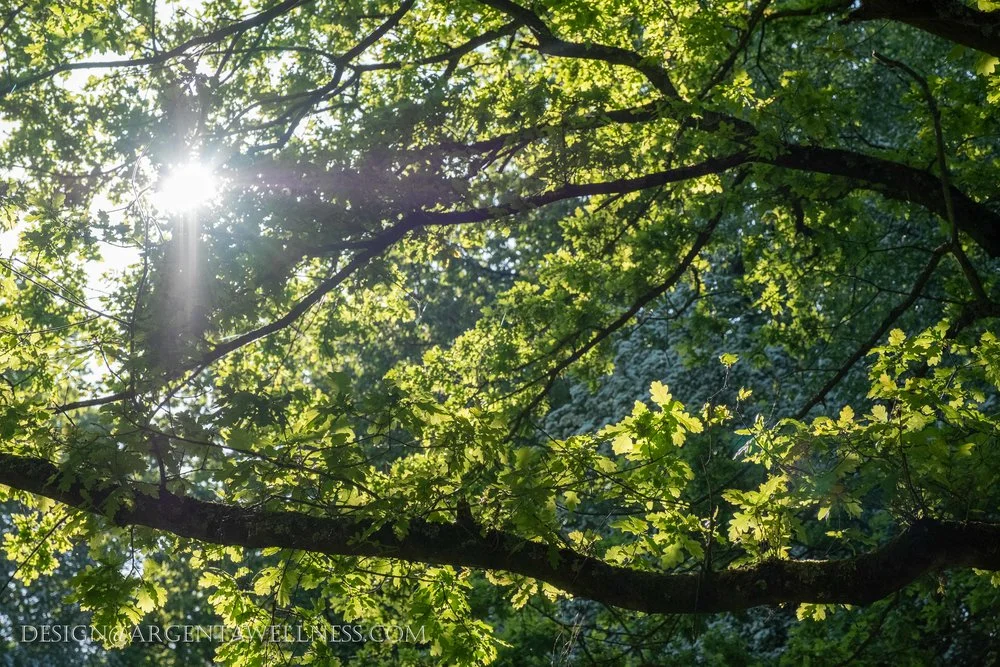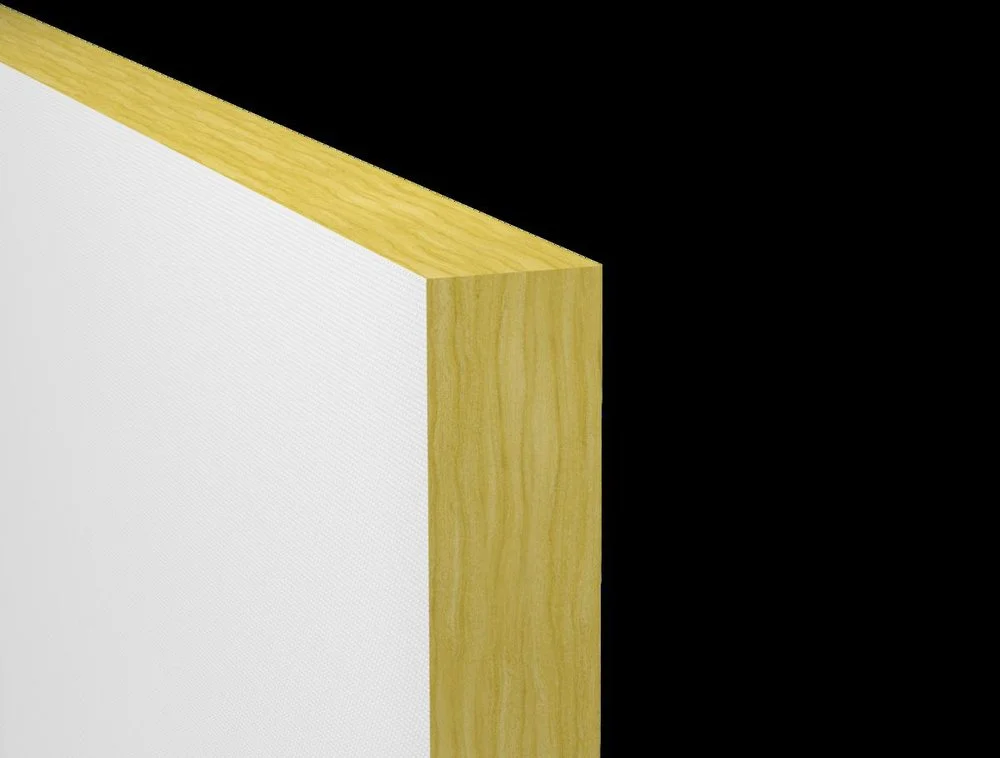To coincide with the publication of Issue 15 of The Light issue of the Journal of Biophilic Design, light aficionado Xander Cadisch writes.
We live bathed in an ocean of light, yet rarely consider how its invisible waves shape our very biology. Modern research reveals what ancient healers intuited—that light isn't just something we see, but a vital nutrient that regulates our cells, hormones, and nervous system. The implications for how we design our spaces are profound.
At the heart of this revelation lies a simple truth: different colours of light act as distinct biological signals. Take red light, for instance. With wavelengths between 630-700 nanometres, it penetrates deep into our tissues, stimulating mitochondria—those tiny power plants within our cells. This isn't speculative science, it's therapy approved by regulatory bodies like the FDA, now used to accelerate wound healing and ease arthritis pain. Hospitals are beginning to harness this knowledge, installing red light panels in recovery rooms where patients benefit from its regenerative properties.
Read on….
















